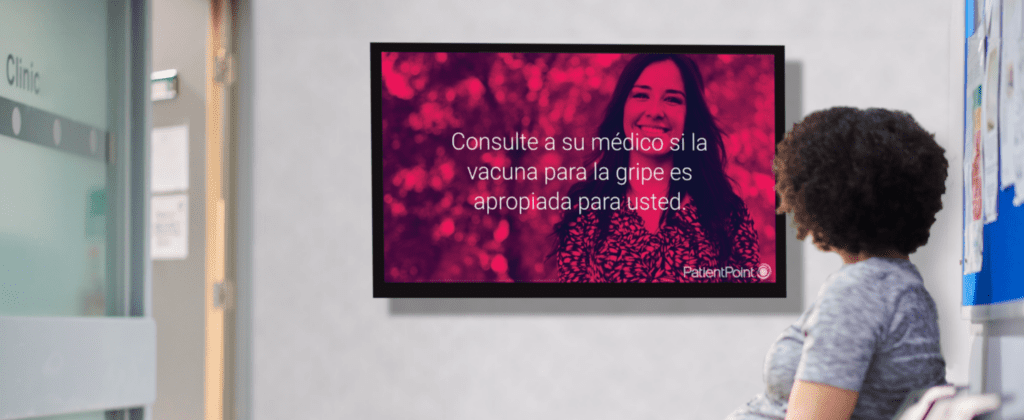In patient care, empowering people with knowledge and understanding of their diagnosis and treatment is key to improving adherence and health outcomes. But that information is only effective if it is understood. Health literacy, defined as the degree to which individuals are able to find, understand and use information or services to inform health-related decisions and actions, is critical to every patient. It’s the difference between empowering patients or leaving them even more confused.
Numerous factors contribute to low health literacy, including language barriers, lower income levels and inadequate education. While you may not be able to solve the causes of low healthy literacy, you can bridge the gap by having accessible education throughout your office, including in the waiting room and exam rooms as well as in clinical spaces, where you can reinforce health literacy goals and tips for improving health literacy across your entire team.
Tailor information to your patient population

To choose the right health information to display at your practice, start by understanding the unique needs of your patient population. Know their common health conditions, language preferences, income levels and more. Then, place relevant patient education where it’s highly visible in the waiting room to help them prepare for discussions with their doctor and know which questions to ask. Waiting room TVs that play healthcare-specific messaging will ensure that everyone who visits your practice sees important information relevant to their health or visit that day. For even greater customization, look for a waiting room solution that also allows you to add your own practice messages and has a large library of content with condition-specific education and healthy-living advice.
Next, consider education in the exam room as a way to facilitate more effective doctor-patient conversations. While health information in the waiting room should be applicable to all patients coming through your practice at various stages of their health journey, information in the exam room should give patients the ability to find more specific education on their condition at their stage in their health journey. Interactive devices in the exam room provide a 1:1 experience that engages patients in learning about their health at their level and speed. With a variety of format options, the devices allow patients to learn by watching videos, reading articles or viewing infographics. These devices should also allow you to link to practice resources on your website and community resources that address health equity concerns.
Facilitate clear communication
The in-office programs you choose need to be easy for all patients to understand. This means the programs should use simple, plain language to explain medical conditions, rather than medical jargon that may not be common knowledge. Patients of all education levels will then have a better grasp on their health and be able to make more informed decisions. Advise providers to also use simple language in discussions and encourage patients to ask follow-up questions so they leave feeling empowered and confident in their next steps.
Use visual aids

Everyone learns differently, which means you should never use a one-size-fits-all approach when providing education. Use a combination of visual, auditory and written content. The right in-office digital signage will have all of the above, showing videos with clear graphics, narration and captions to appeal to all patients while they wait for their appointment. This is also important for providers to keep in mind. Remind them to use diagrams, models or infographics when applicable.
Provide take-home materials
As much education as you may have in the office, a patient may still leave feeling overwhelmed or unsure, especially if they have white coat syndrome. Make sure it is easy for your patients to take information home. Choose an exam room program that allows patients to scan a QR code that will give them access to relevant education even after the appointment. This also prevents patients from accidentally losing important information.
Improving health literacy through accessible patient education is an ongoing commitment that requires multiple communication channels with information tailored to different patients. As the healthcare landscape continues to evolve, with more reimbursement opportunities and SDOH screening requirements, population health management is key to promoting informed decision-making and ultimately contributing to better health outcomes for all.
For more tips on how your practice can provide high-quality care to all your patients, check out our e-book, “Embracing Patient-centered Care to Improve Outcomes.”

